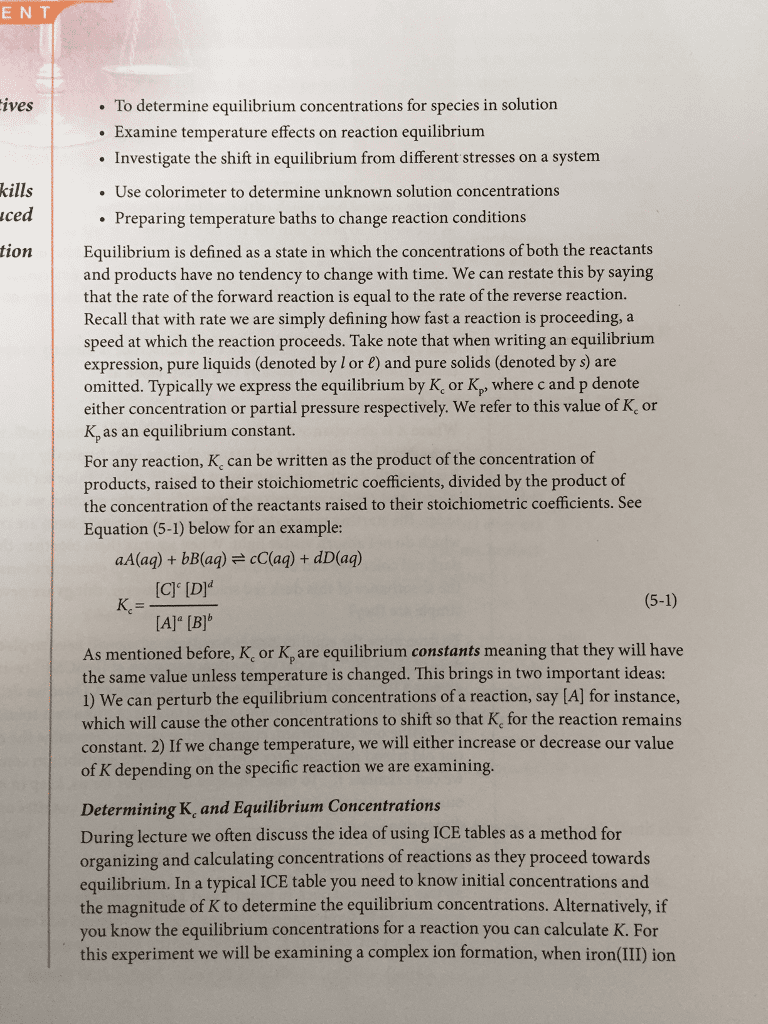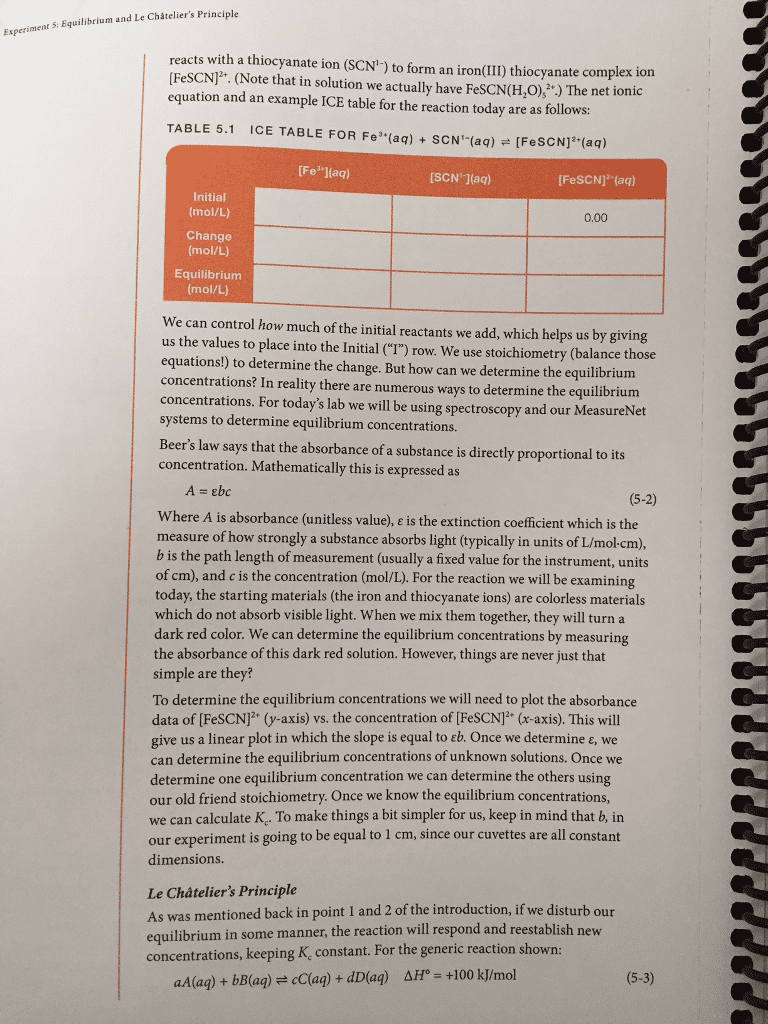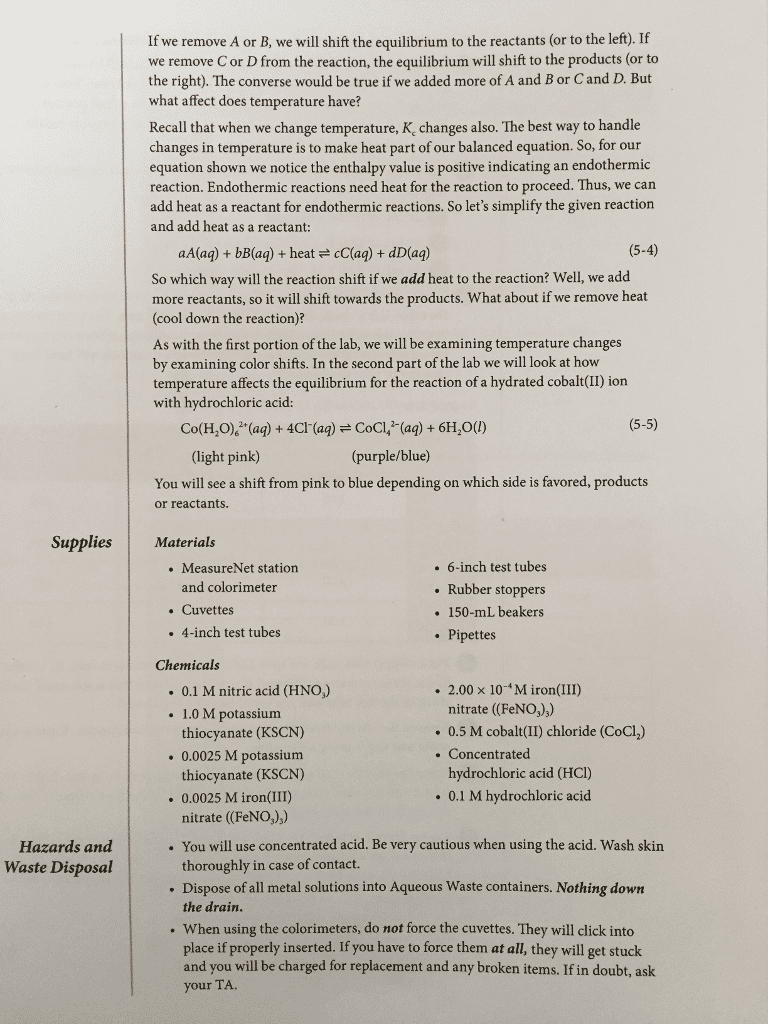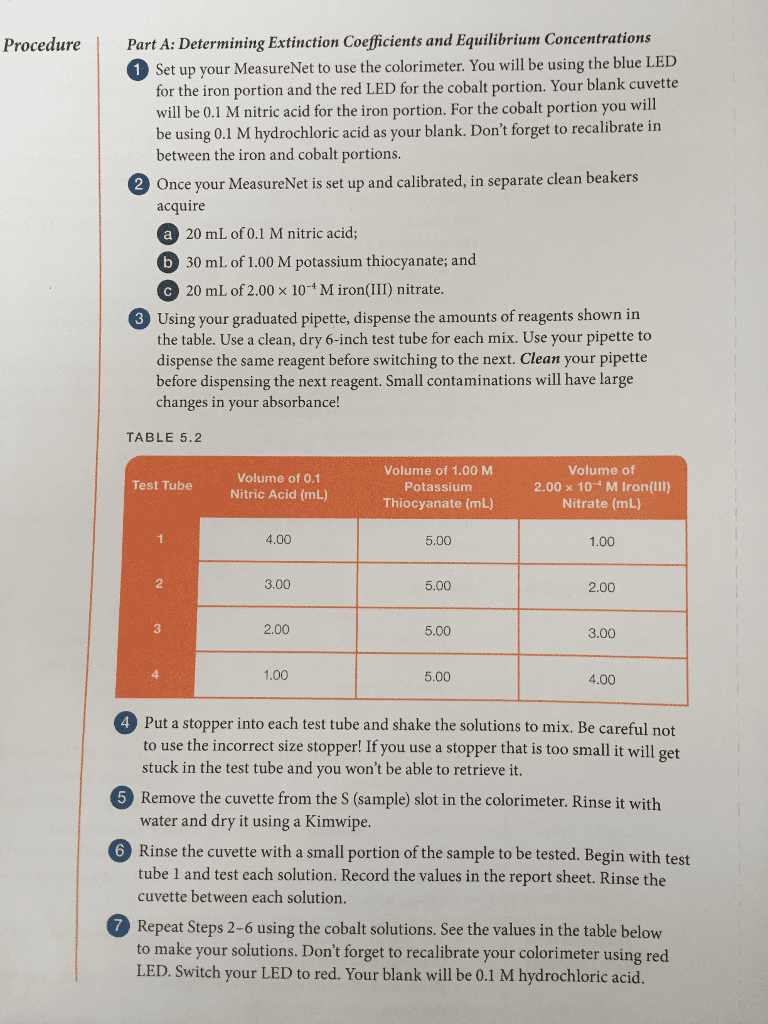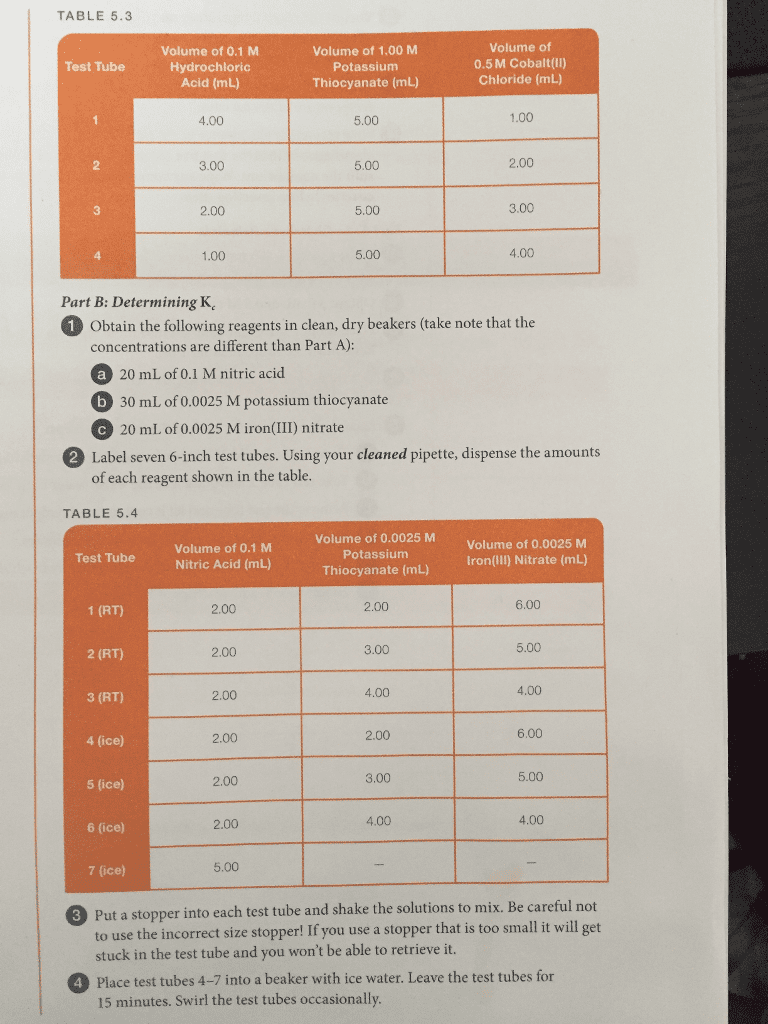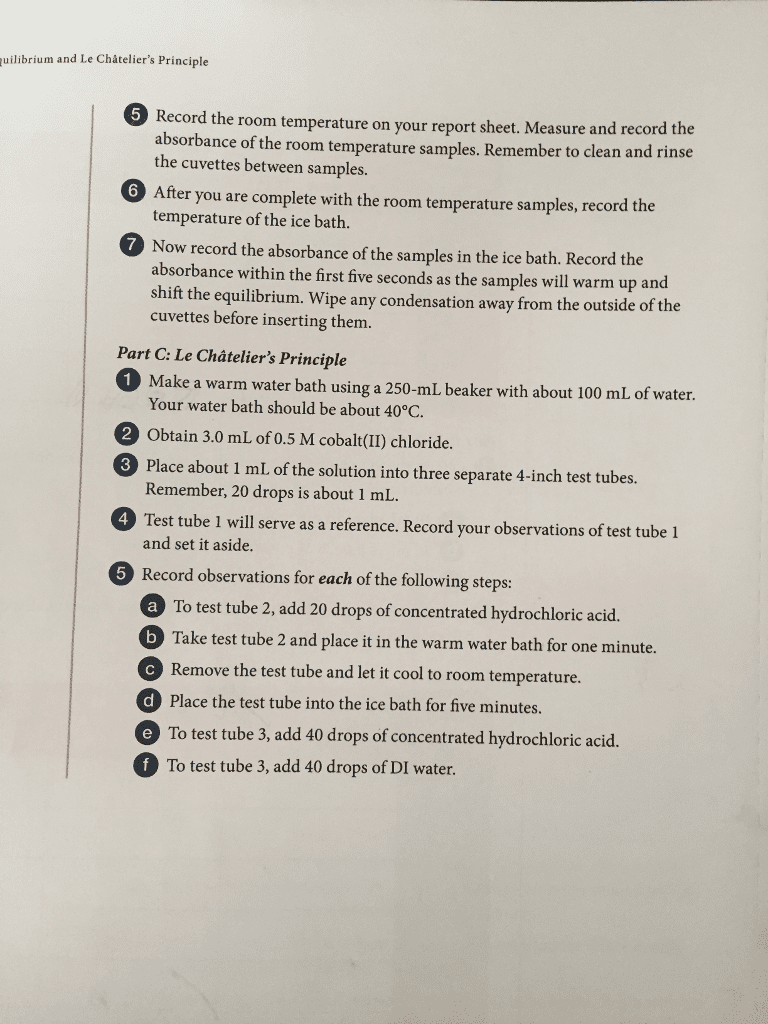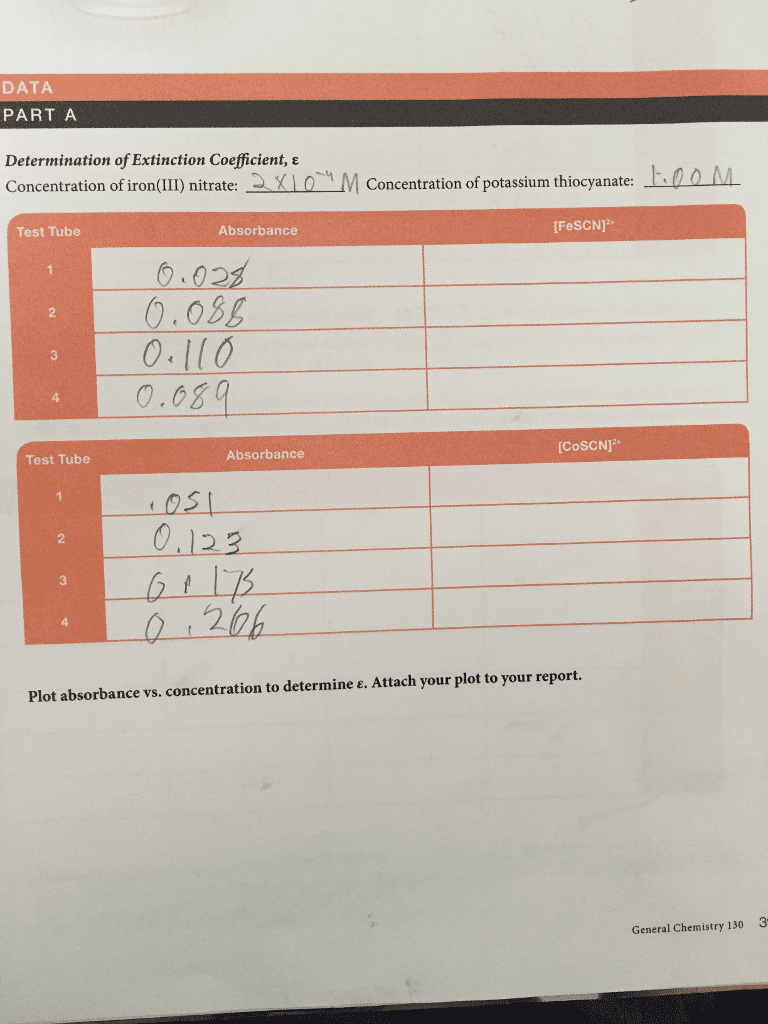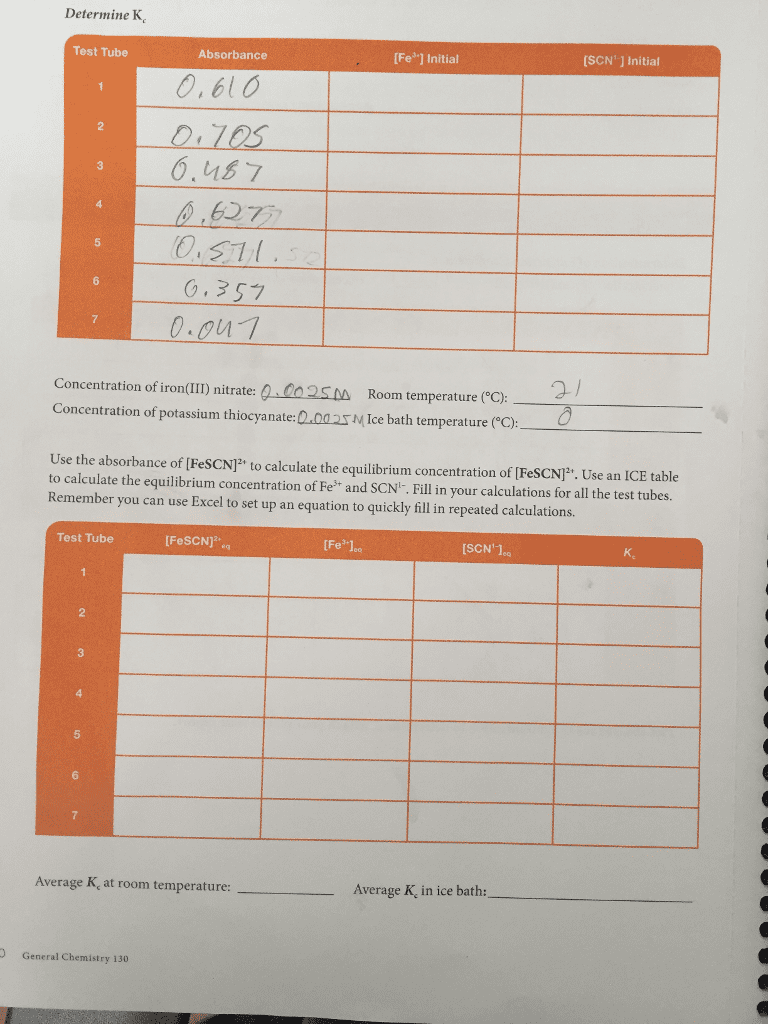CHEM 105bL Chapter 14: Chapter 14 - Chemical Equilibrium
Document Summary
A reversible rxn is a rxn that can proceed in the forwards and reverse directions. When the rate of the reverse rxn = the rate of the forwards rxn, dynamic equilibrium is reached. The equilibrium constant (k) for the rxn is defined as a ratio (at equilibrium) of the concentration of the products raised to their stoichiometric coefficients divided by the concentrations of the reactants raised to their stoichiometric coefficients. [(cid:3002)](cid:3276)[(cid:3003)](cid:3277) (for (cid:1853)(cid:1827)+(cid:1854)(cid:1828) (cid:1855)(cid:1829)+(cid:1856)(cid:1830)) constant means that the reactants are favored (left, reverse rxn) A large equilibrium constant means that the products are favored (right, forward rxn); a small equilibrium. Relationships between the equilibrium constant and the chem eqn. If you reverse the eqn, the equilibrium constant is inverted. If you multiply the coefficients in the eqn by a factor, raise the equilibrium constant to the same factor.


